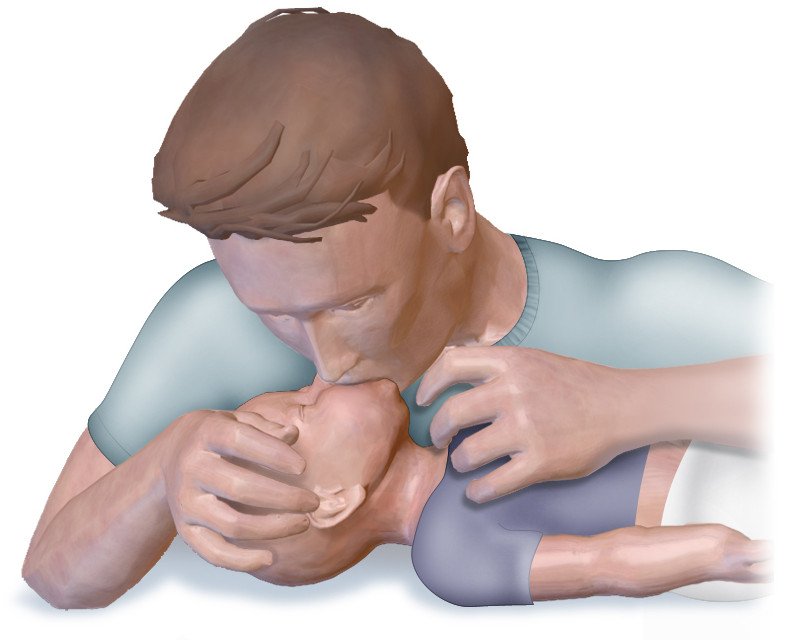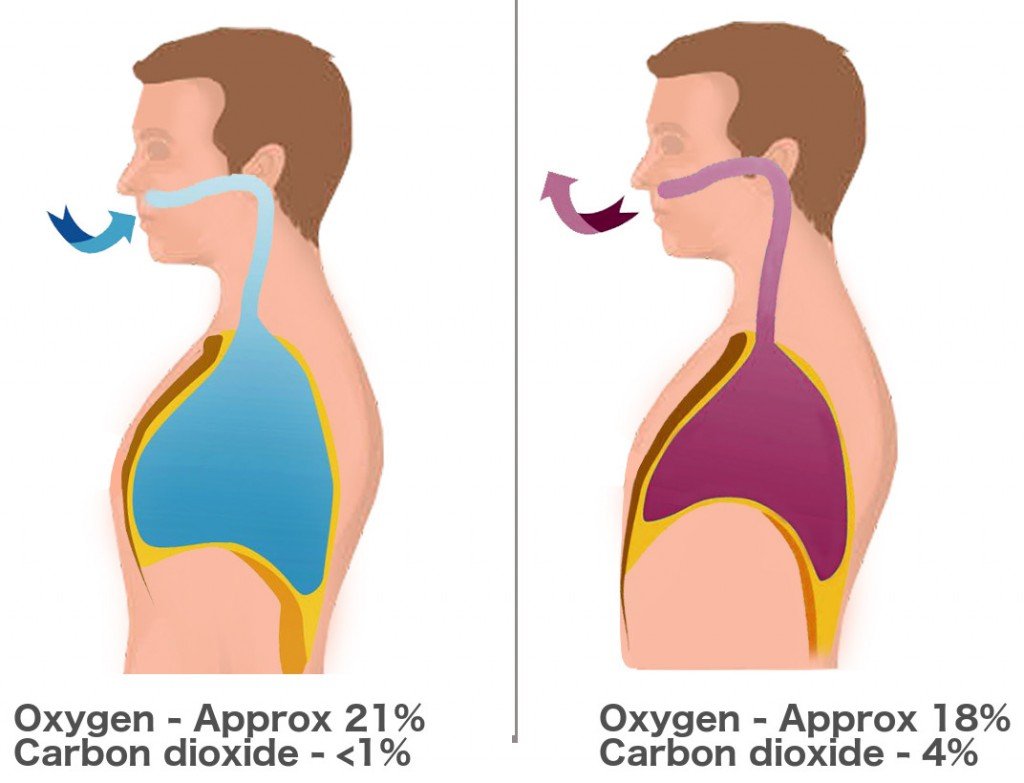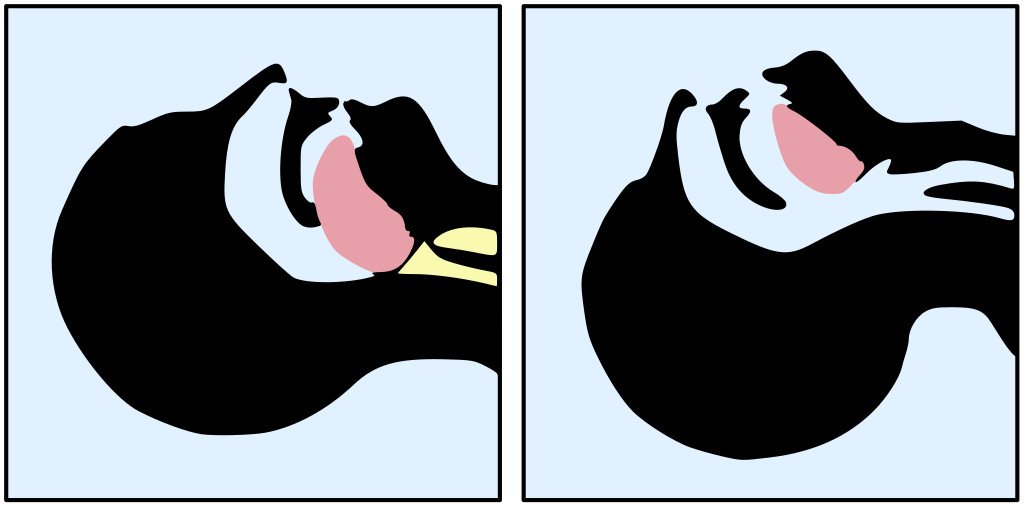Table of Contents (click to expand)
Expired air resuscitation (EAR) is a first aid technique that involves the transfer of expired air from a person to a victim of drowning, anaphylactic shock, or asthma attack. The air that is exhaled by the rescuer is forced into the victim’s mouth, until the victim’s chest begins to rise and fall with normal breathing.
Expired Air Resuscitation, also known as mouth to mouth resuscitation, involves the transferring of expired air from a person to a victim of drowning, etc.
Being able to give a person a fresh lease on life is undoubtedly one of the rarest and purest gifts that one can give. This can come in various forms, both practically and theoretically.
I’m sure that all of us have seen, at some point, either in movies, books, or personal experience, that when someone is dying as a result of drowning, anaphylactic shock, asthma attack, or the likes, they are often given the “kiss of life”.
Expired Air Resuscitation
In movies, a person is often seen passed out from drowning or gasping for breath. They then have a savior enter the scene dramatically, and breathe into the victim’s mouth, until the rising and falling of the victim’s chest resumes its normal rhythm. Colloquially called the kiss of life, the technical term is expired air resuscitation (EAR).

This is a form of artificial breathing or ventilation wherein the victim requires assistance in normal breathing. Air is forced down their respiratory tract until it reaches the lungs. This is done a number of times until that person can breathe on their own or until medical help arrives.
EAR is different than CPR, although the two are often used together for better results.
Also Read: Can Newborn Babies Swim Better Than Adults?
How Does It Work?
When performing EAR on a person, we force our exhaled air into their mouth. However, basic biology tells us that the air we exhale is low in oxygen, and higher in carbon dioxide. Therefore, it is normal to wonder about the effectiveness of EAR. If a person is already in distress, then blowing carbon dioxide into them should bring about a negative effect, right?
The answer lies in understanding the composition of the air that we inhale and expire. The former has approximately 21% oxygen and less than 1% carbon dioxide. Once the air enters our lungs, gaseous exchange takes place. The air that we exhale contains about 4% carbon dioxide and 18% oxygen. That’s correct! We use only about 3-4% of the oxygen that we take in.

A person who requires EAR is usually in danger of dying from hypoxia, or loss of oxygen. In such a case, it is imperative that they receive oxygen. Therefore, although the oxygen content is less in our expired air, it can still work to revive a person. After all, half a loaf is better than no bread at all!
Also Read: Should You Breathe Through Your Nose Or Mouth While Exercising?
Precautions To Be Taken
EAR can be effective, provided that it is performed correctly. First and foremost, it is essential to be able to differentiate when EAR should be performed. The basic purpose of EAR is to resume a person’s normal breathing. However, if the heart isn’t beating, this approach will be ineffective. Therefore, the pulse should first be checked. If there in no pulse, CPR should be performed immediately.
Artificial ventilation will only be effective if there is no obstruction in the airway. If something is blocking the windpipe, like the tongue or any other object, it should first be removed or moved out of the way. Another thing that must be kept in mind is that the air must enter the correct pipe. When performing EAR, care should be taken to observe which part of the victim’s body is rising and falling. If it is the stomach, it means that the air is entering the wrong pipe, and the angle of breathing should be changed.

While blowing into a person’s mouth, one should be careful not to over-inflate the victim’s lungs. This can be gauged by the rising of the chest. The moment the victim’s chest begins to rise, the air should be allowed to escape the lungs before the next effective breath is delivered to the person.
Resuscitation of a person usually requires medical aid, aside from these first aid techniques. Therefore, it is always advisable to get checked by a registered physician, even if the victim claims to feel completely fine. It should also be kept in mind that these techniques must be performed with caution, as there are a number of other factors that could affect the person, such as injuries, tears, etc. Therefore, it is best if a trained person is entrusted with this potentially life-saving task.
How well do you understand the article above!

References (click to expand)
- http://users.rowan.edu/~farrell/hohb/Respiration%20Module/Respiration%20Handout.pdf
- Peter Safar, (1960) Resuscitation in the Dental Office Journal of the American Dental Society of Anesthesiology - PubMed Central (PMC) - National Center for Biotechnology Information
- FirstAidGuide.net » Expired Air Resuscitation - www.firstaidguide.net:80
